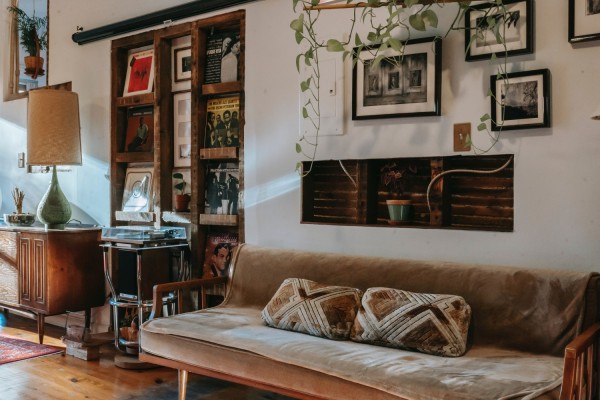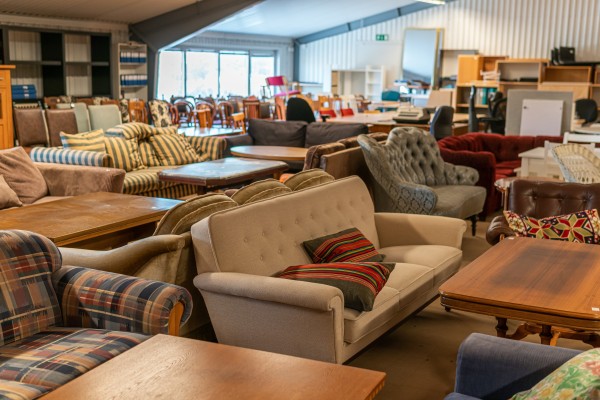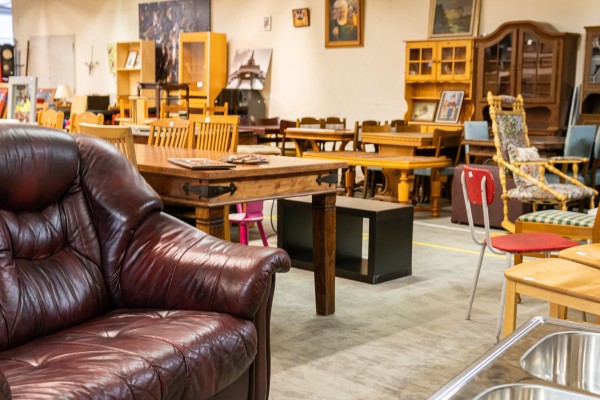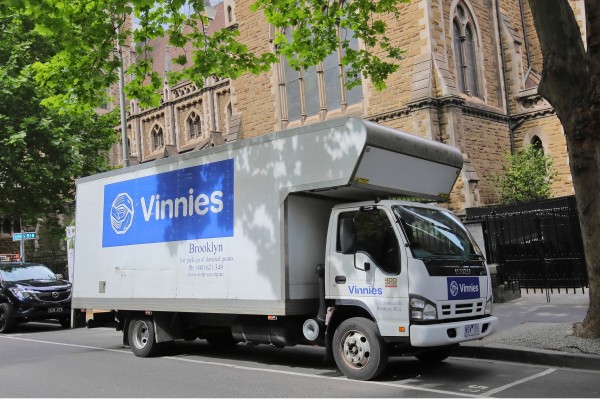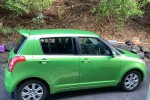Tiny homes and compact living in Australia

Rising living costs, escalating property prices, and increasing urban density—hardly the idyllic Aussie dream, right? When most people imagine living in Australia, they picture wide open spaces, homes with large yards, and a relaxed, uncomplicated lifestyle.
The reality, however, is quite different. With the cost of living soaring, a national housing crisis, and rent prices reaching new highs, many Australians are looking for ways to downsize and live more affordably.
In response, tiny homes have emerged as a practical, cost-effective, and environmentally friendly solution.
But, before you rush off to buy a tiny home or repurpose a shipping container, there are a few important things to consider.
Here’s what you need to know about tiny homes in Australia.
What is a tiny home?

At its most basic - a tiny home is simply a very small, self contained living space. Tiny homes are usually built from shipping containers (either single or stacked) and range in size up to 12.5 metres long, 2.5 metres wide and 4.3 metre high.
They’re fully equipped with essential living features such as a kitchen, bathroom, bedroom, and living area, but are designed with smart, space-saving solutions that make the most of every inch.
The concept of tiny homes is rooted in sustainability, affordability, and minimalism, and encourages a simpler, more intentional lifestyle.
Tiny home regulations Australia
While the tiny home trend is exciting it’s important to be mindful of the legal and regulatory challenges that can come with both building and living in a smaller space. In Australia, rules vary depending on the state or territory you are in, as well as the local council area. This means it’s important to check in with your local authorities to ensure you’re aware of any red tape.
So you’re well prepared before connecting with your local representatives, here are some general things you may need to consider.
What are the rules for tiny houses in Australia?
Building codes and local zoning
In some parts of the country tiny homes are classed as ‘caravans’ or ‘moveable dwellings’ which can impact where they can be legally placed. In other areas in Australia, tiny homes are considered permanent dwellings meaning they simply comply with any local zoning and building regulations that are in place. Check with your local council for all the details.
Land size restrictions
While tiny homes are often built on trailers, you’ll need land to actually park or settle it more permanently. If you’re renting land, you must check with the landowners as to whether tiny home living is allowed. If you own the land yourself you’ll need to adhere to any zoning laws or land size restrictions when bringing your tiny home onto it. Again, check in with your local council for area specific rules on this.
For more information on land use planning and zoning regulations, consult the Department of Infrastructure’s guide on Land use planning.
Planning approval
Planning approval is also required for the placement of most tiny homes. This is especially true if it is being used as your permanent residence. The planning approval process could involve assessments of wastewater disposal, access to water and power, and any relevant environmental guidelines.
Permits
If you plan to place your tiny home in a more rural area without access to power or sewerage, and will instead be using off-grid systems such as rainwater tanks, solar panels or composting toilets, it’s important to check in with your local council as permits may be required.
How much do tiny homes cost in Australia?
The cost of a tiny home in Australia varies widely depending on factors such as size, materials, design, and whether it's built on a trailer or a permanent foundation. On average, the cost of a professionally built tiny home ranges from $50,000 to $200,000.
However, if you’re a capable tradesperson with construction skills, it’s possible to build one yourself for a fraction of the cost.
Other costs to consider
In addition to the cost of the tiny home itself, you’ll need to factor in expenses such as land (if you don’t already own it), permits, utilities, and any off-grid systems you may require. If you’re purchasing a tiny home on wheels, you’ll also need to consider transport costs.
The pros of living in a tiny house
1. Affordability
With skyrocketing property prices and rents in major cities like Sydney, Brisbane, Adelaide, and Melbourne, owning a traditional home is becoming increasingly out of reach for many Australians. Tiny homes offer a more affordable alternative, both in terms of purchase price and ongoing costs.
2. Sustainability
Many tiny homes are built with eco-friendly materials and equipped with sustainable features like solar panels, rainwater harvesting systems, and composting toilets. Because tiny homes are so compact, they use fewer resources to build and maintain, making them an appealing option for those looking to reduce their environmental footprint.
To further reduce your environmental impact during the move, explore our eco-friendly moving tips.
3. Mobility
One of the defining features of tiny homes is their portability. Many tiny homes are built on trailers, allowing owners the flexibility to move their home from one location to another.
4. Minimalist living
Tiny homes force occupants to downsize and reconsider their relationship with material possessions. For many, the decision to live in a tiny home is an opportunity to declutter, strip back and embrace a minimalist lifestyle.
5. Flexibility and independence
Whether you want to live off the grid, move to a remote location, or build a self-sufficient homestead, tiny homes provide the flexibility to create a lifestyle that's more independent and free from the constraints of traditional housing.
The cons of living in a tiny house
While the tiny home lifestyle offers many benefits, it’s not without its challenges.
1. Legal and zoning issues
In Australia, zoning laws and building codes vary from state to state and even council to council so legal and zoning requirements can be tricky to navigate. Some councils classify tiny homes as "caravans" or "moveable dwellings," while others may treat them as permanent structures - be sure to do your research ahead of time.
2. Land access
Finding a suitable place to live in a tiny home can be a challenge, especially if you want to live in an urban area where land can be as expensive as a traditional home.
3. Space limitations
Living in a tiny home requires you to downsize and embrace minimalism, which is easier said than done. Moving into a compact space requires careful planning and serious decluttering.
4. Utilities and off-grid living
Many tiny homes are built to be self-sufficient, meaning they may not be connected to public utilities like water, electricity, or sewage. This requires the installation of alternative systems such as solar panels, rainwater tanks, and composting toilets. While living off-grid can be empowering, it also requires a higher level of planning, investment, and ongoing maintenance.
Making the move into a tiny home in Australia?

Tiny homes in Australia are an exciting and innovative solution to the country’s growing housing challenges. Whether you're seeking affordability, sustainability, mobility, or a simpler lifestyle, tiny homes offer a unique way of living that prioritises quality over quantity.
In saying that, it’s important to consider the legal, logistical, and personal challenges that come with tiny home living before making the leap.
If you’re ready to downsize and embrace the tiny home lifestyle, and need help getting your items from A to B, Upmove can help. Whether you’re moving a vehicle, furniture or belongings, you can find and book reliable removalists who get the job done well.
What do our customers say?












